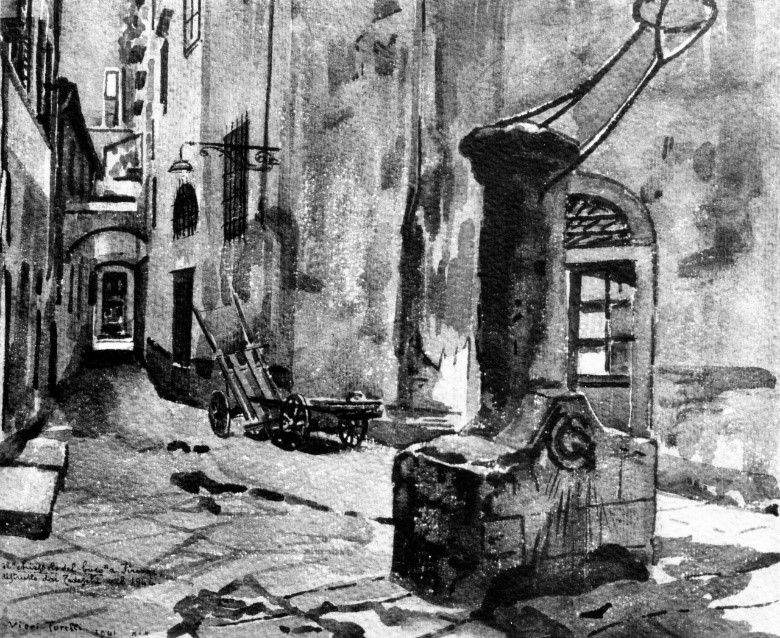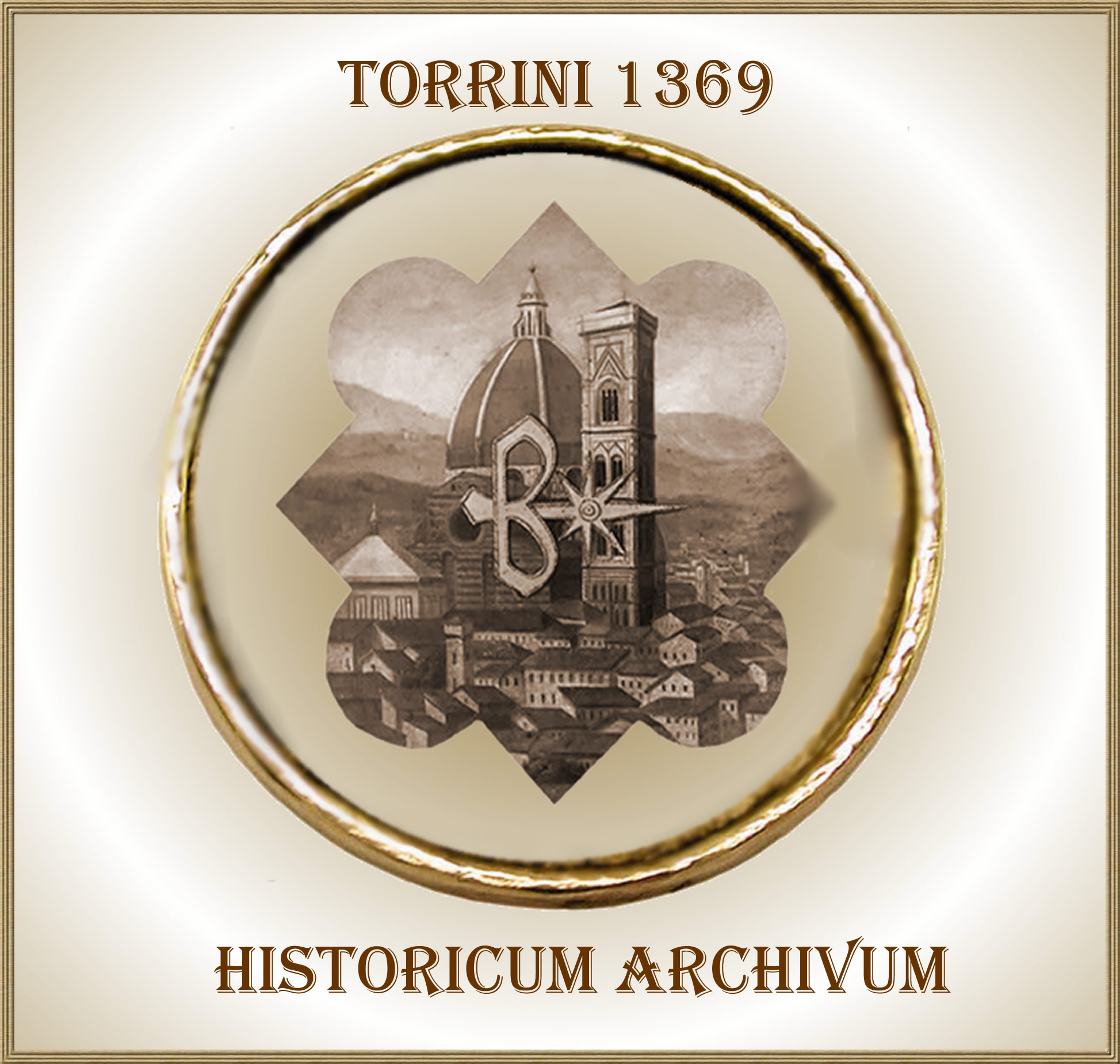- Home
- FLORENTINE STORIES
- Il "Chiasso del Buco"
“CHIASSO DEL BUCO E TORRINI”
Guido Torrini moved his goldsmith workshop to Chiasso del Buco in 1934. A narrow alley in the shadow of Palazzo Vecchio in Florence a few meters from the magical Renaissance place where the Gold Florins were born at the Mint Fiorentina, today the prestigious headquarters of the Uffizi.
In the historic center of Florence, a narrow alley connecting Via Lambertesca and Via Vacchereccia through Piazza de 'Salterelli.
In the area where since the end of the 1800s many Florentine goldsmiths had chosen to work. A characteristic place well protected because it is very narrow, just an alley called "Chiasso" in Florence.
The ancient origin of the name "Buco" seems to derive from a tavern which was accessed by going down to the "buca". It is said that various famous people of their time were patrons in cheerful brigades: Il Magnifico Lorenzo, who together with Fico and Bertucce mentions him in his verses, Anton Francesco Grazzini and Michelangelo and Marsilio Ficino, just to name a few.
Guido Torrini worked in Chiasso del Buco until 1943 when in November he was captured and deported to Dachau by the Germans for political reasons, having collaborated with a partisan group in Chianciano Terme, where he ran a jewelry shop since 1921, a spa place frequented by the beautiful world of the economic aristocracy of that time.
In August 1944, the retreating German armed forces completely destroyed that area with mines, along with all the Florentine bridges over the Arno river, with the exception of the Ponte Vecchio.
Guido Torrini, who miraculously returned from the extermination camp in June 1945, alive and driven by his indomitable desire to start over, finds what little is left under the rubble of what was once the Chiasso del Buco. In a short time he finds in good condition the famous silver jug by Francesco Torrini (1676-1735 approx.) Which he preserved as a testimony of his family roots.
He will start to produce his jewels again at zero distance from the alley, in Piazza de 'Salterelli 1, and then again move to Via Por Santa Maria 8, also in the area, to give greater impetus to production destined for the Chianciano Terme and Florence shops. .

View of the chiasso del Buco in Florence (painting) by Torelli Vieri (20th century)

View of the Chiasso del Buco, today.
THE END
(Torrini 1369 Historical Archive – Copyright 2021)
FINE
(Archivio Storico Torrini 1369 – Copyright 2021)




